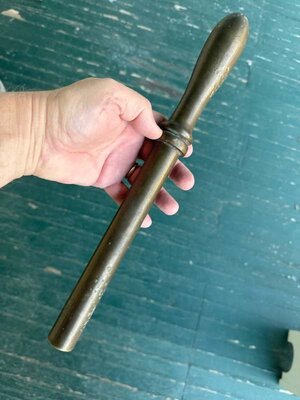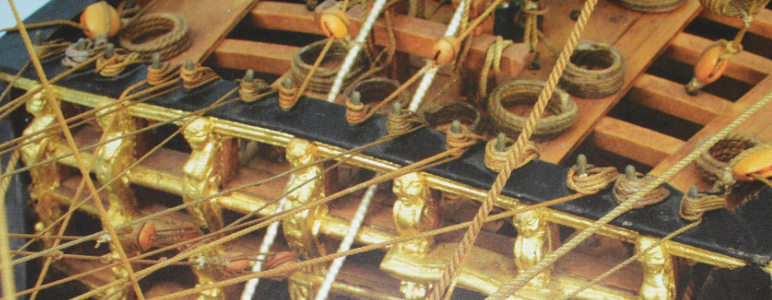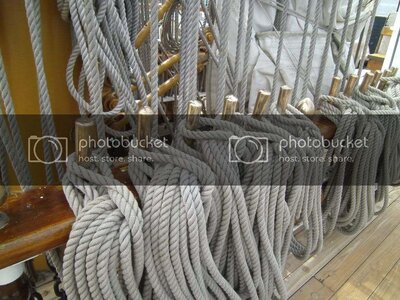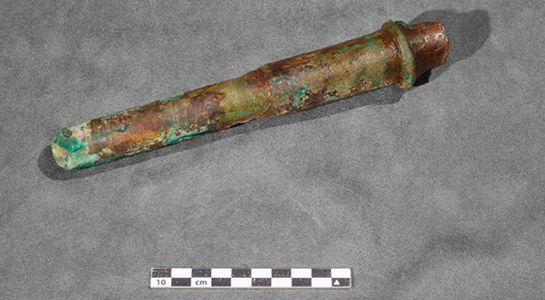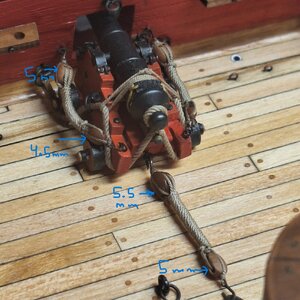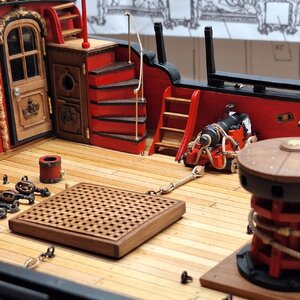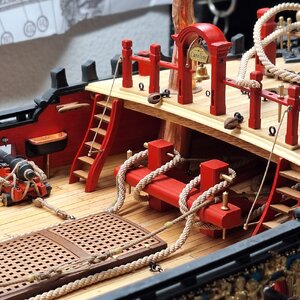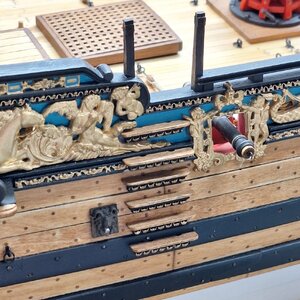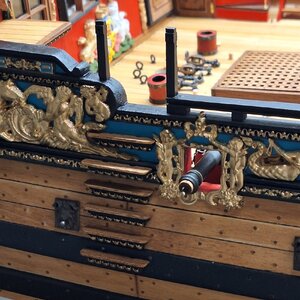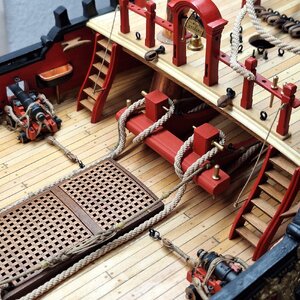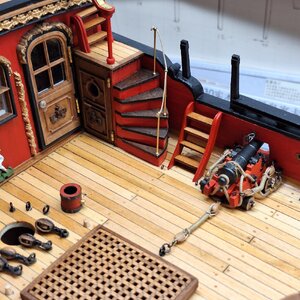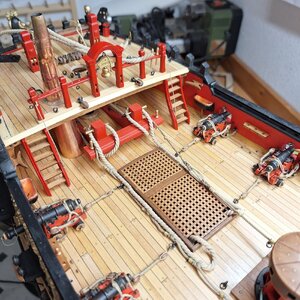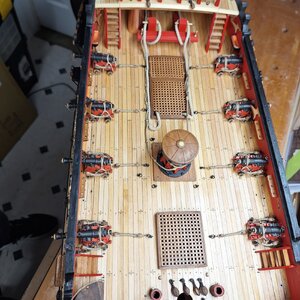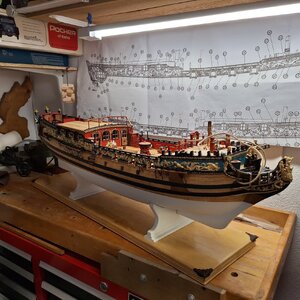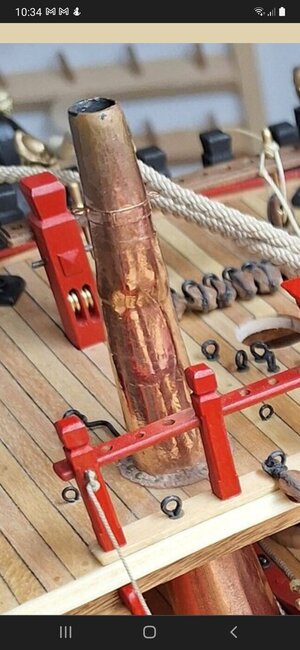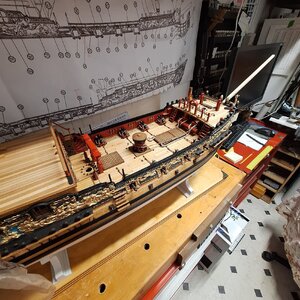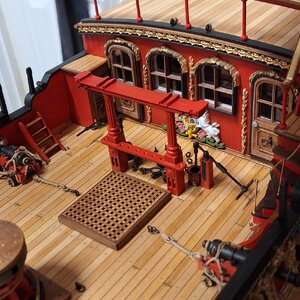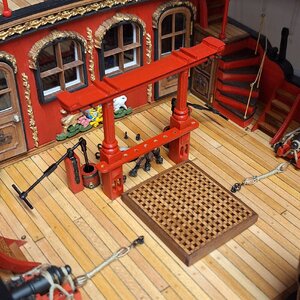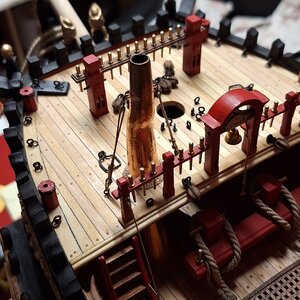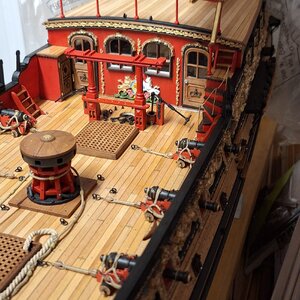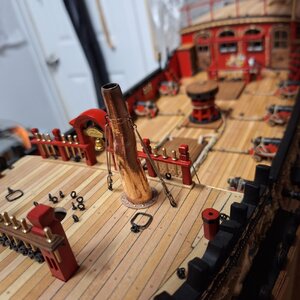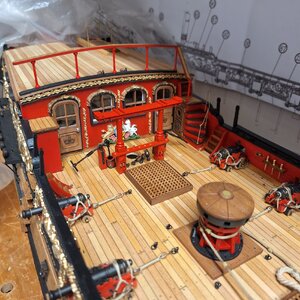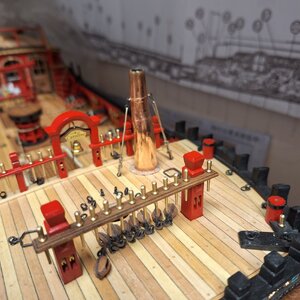If only we could put that level of detail into a model then shrink it down to 1:100 so it doesn't take up so much space.I love the appearance of this rope material on the tackles, blocks etc.
To work in 1:30 has big advantages - everything is looking very realistic.
BTW: I am making in moment some research about use of anchor cables with the help of messenger - so I am studying your photos with big interest
-

Win a Free Custom Engraved Brass Coin!!!
As a way to introduce our brass coins to the community, we will raffle off a free coin during the month of August. Follow link ABOVE for instructions for entering.
-

PRE-ORDER SHIPS IN SCALE TODAY!
The beloved Ships in Scale Magazine is back and charting a new course for 2026!
Discover new skills, new techniques, and new inspirations in every issue.
NOTE THAT OUR FIRST ISSUE WILL BE JAN/FEB 2026
You are using an out of date browser. It may not display this or other websites correctly.
You should upgrade or use an alternative browser.
You should upgrade or use an alternative browser.
1/30 HMS Royal Caroline Build
- Thread starter modelshipbuilder65
- Start date
- Watchers 72
-
- Tags
- royal caroline
Sorry for off-topic @modelshipbuilder65If only we could put that level of detail into a model then shrink it down to 1:100 so it doesn't take up so much space.
In a world where everything big is valued, from transatlantic airliners to bank accounts, these masters offer a different perspective on things. For very small things. Less than a millimeter.
But very beautiful. Located near Prague Castle, this unusual museum exhibits wonders invisible to the naked eye. The microscopes on the tables are first seen when you enter. They are the ones that help you see a caravan of camels wandering in the eye of a needle, the Eiffel Tower on a mosquito’s leg, and the Lord’s Prayer on a human hair. Day of Lefties: your stories about relearning Undressed: a brief photo history of underwear How to properly eat Czech sausages in Prague Sedlec Ossuary: Temple of Forty Thousand Dead Most of the work here was done by Anatoly Konenko, who, unlike Lefty described by Leskov, was born not in Tula, but in Siberian Omsk. Konenko once made instruments for microsurgery, but then turned to the genre of microminiatures. Craftsmen like him develop their tools for work that requires extreme precision. The artist works on each work for a long time - from several months to several years. The work requires not only inspiration but also a precise hand - one wrong move and everything will go down the drain. I move from one microscope to another, and now I see a 35-page edition of Chekhov’s story “Chameleon” - a book measuring 0.9x0.9 mm. (The size of the letters in this book is 0.07 mm - Translator's note.) "Chameleon" is one of 200 micro books created by Anatoly Konenk
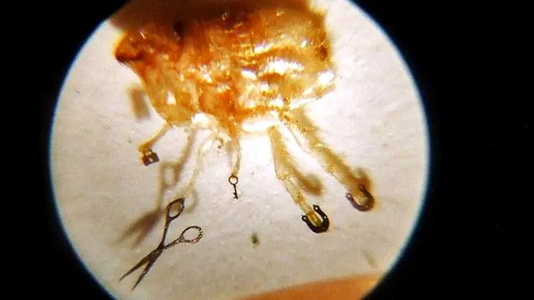
But why do all these masters love to deal with fleas so much? - I was surprised. The explanation was simple - it all comes from a story by Nikolai Leskov, popular in Russia and the countries of the former Soviet Union, which he wrote in 1881. Its title is “The Tale of the Tula Oblique Lefty and the Steel Flea.”
Stunning
- Joined
- Mar 22, 2024
- Messages
- 396
- Points
- 168

The young sea officer's sheet anchor, or, A key to the leading of rigging, and to practical seamanship
I highly recommend this book because it has multiple drawings & information from actual sailors. A gold mine of information!!!!
-Rick
There is a pdf copy in the internet archive. ( it is out of copyright) https://archive.org/details/youngseaofficers00leve/page/n11/mode/2up
Thank you kindlySuburb
StunningWIP----
Hello everyone, everywhere. Here's some pics showing some work progress. All 8 cannons block & tackle is completed, got all the deck ladders installed along with the corresponding ladder guide ropes.
Onwards...............................................................................
View attachment 463420
View attachment 463421
View attachment 463422
View attachment 463423
View attachment 463424
View attachment 463425
View attachment 463426
View attachment 463427
View attachment 463428
She's coming together beautifully your doing a great job, lovely colours as well, the Red Black Gold and varnish really go well together, looking forward to more,
Best regards John
Best regards John
Thank you very much. I really do appreciate the kind words!!!!She's coming together beautifully your doing a great job, lovely colours as well, the Red Black Gold and varnish really go well together, looking forward to more,
Best regards John
- Joined
- Apr 20, 2020
- Messages
- 6,211
- Points
- 738

Rick, you are doing wonderful work, it's looks beautiful modelWIP----
Hello everyone, everywhere. Here's some pics showing some work progress. All 8 cannons block & tackle is completed, got all the deck ladders installed along with the corresponding ladder guide ropes.
Onwards...............................................................................
View attachment 463420
View attachment 463421
View attachment 463422
View attachment 463423
View attachment 463424
View attachment 463425
View attachment 463426
View attachment 463427
View attachment 463428
Thank you very much!!!!Rick, you are doing wonderful work, it's looks beautiful model
Thank youStunning Rick,
Love the small details like the weathering on the galley funnel.
View attachment 463692
Thank you kindlyShe's coming together beautifully your doing a great job, lovely colours as well, the Red Black Gold and varnish really go well together, looking forward to more,
Best regards John
WIP-----
Hello everyone. Got the Bell Rope completed & installed. All of the models brass Belaying Pins have a nub & a rough point on the handle end from the lathe turning process that needed to be cleaned up and filed down on every one of them.
Onwards we go....................................................
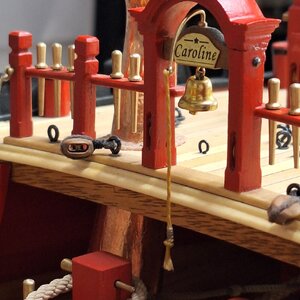
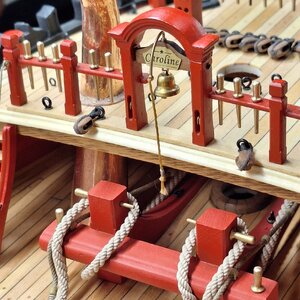
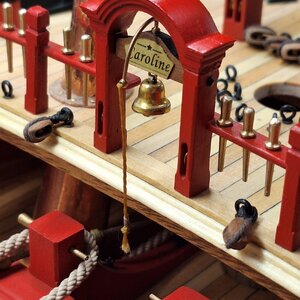
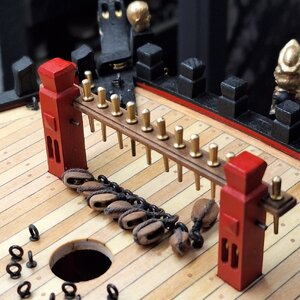
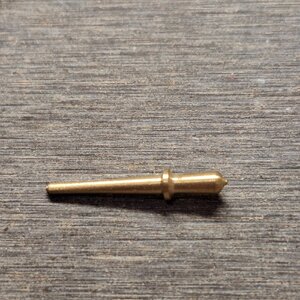
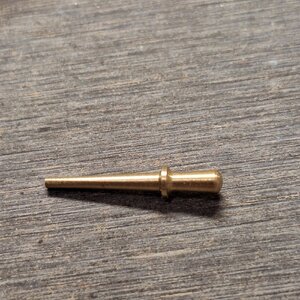
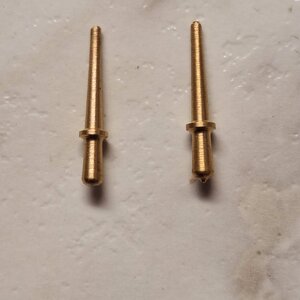
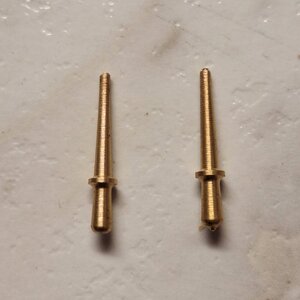
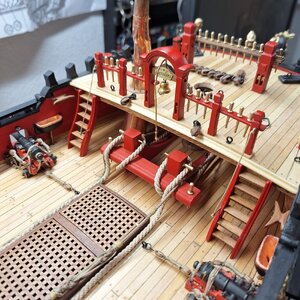
Hello everyone. Got the Bell Rope completed & installed. All of the models brass Belaying Pins have a nub & a rough point on the handle end from the lathe turning process that needed to be cleaned up and filed down on every one of them.
Onwards we go....................................................









Last edited:
It's a fantastic build, the only thing I am not that happy with is the Metal belaying Pins -sorry- l capiSome progress pictures. The pumps and Belfrey stanchion are not glued in permanently at this time. Makes putting in the main mast deck seal easier access and need to run power up the main mast for the Lantern that will be lite.
Onwards..........
View attachment 464918
View attachment 464919
View attachment 464920
View attachment 464921
View attachment 464922
View attachment 464923
View attachment 464924
View attachment 464925
Hello El Capi,It's a fantastic build, the only thing I am not that happy with is the Metal belaying Pins -sorry- l capi
I understand where you are coming from. I decided to leave them natural brass because belaying pins from this time period were normally made out of wood, brass or bronze. If this was a typical 6th rate Sloop, I would have made them out of wood as was the norm for this time period (especially to save $) but since this was a speciality built ship ordered by the King & scrutinized by the Admiralty board & no expenses were spared, one must believe brass or bronze was used to highlight the ships fittings (BLING BLING). Based on the beautiful & accurate painting by John Cleveley the Elder, the belaying pins on the lower shrouds appear to be brass or bronze possibly. There is also early Dock yard models with bronze belaying pins that were used.
I think that once all the rigging is completed,almost all of the belaying pins will be covered with rope and the belaying pins will tend to, over time, oxidize & turn more into a natural looking color.

